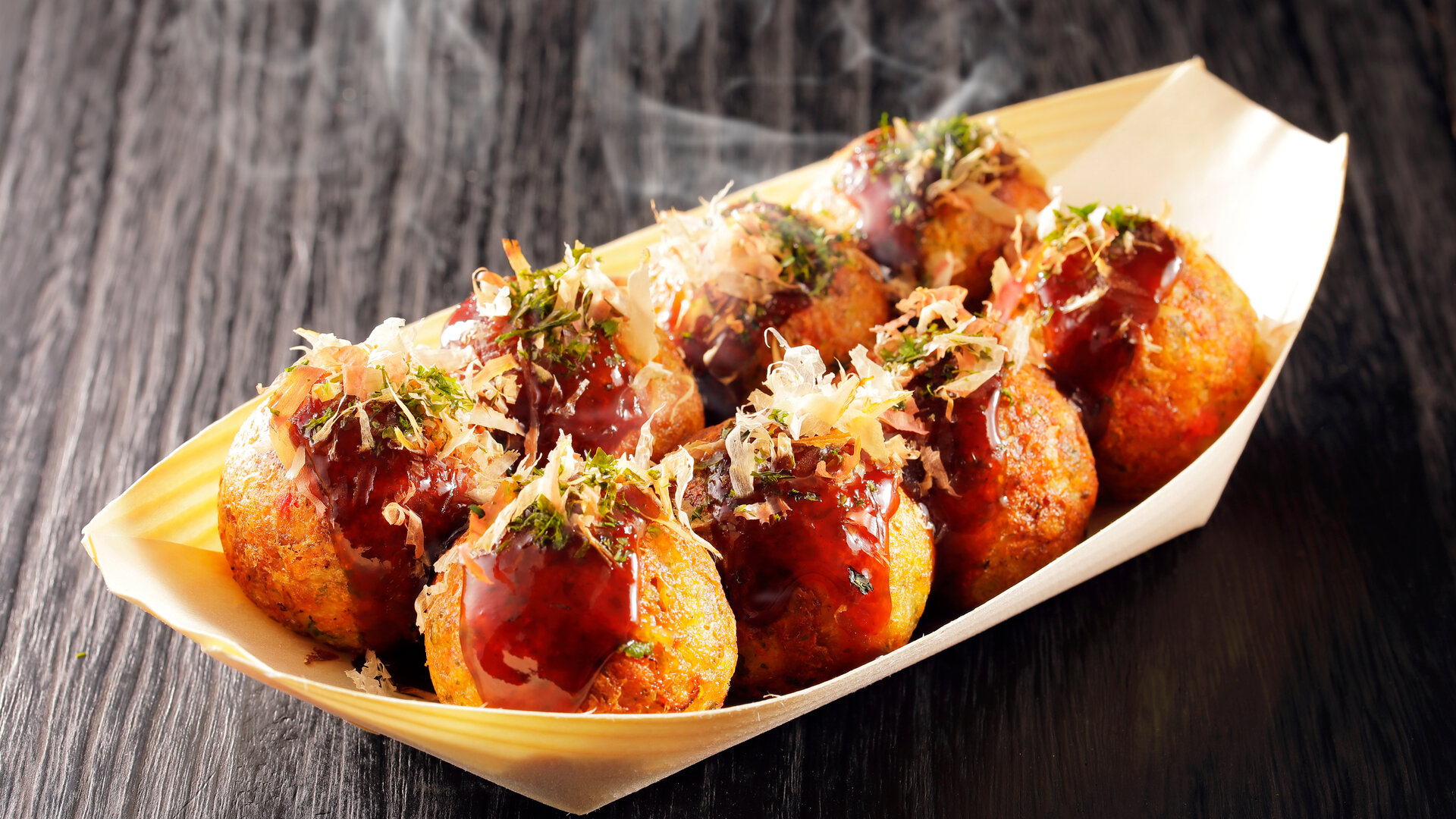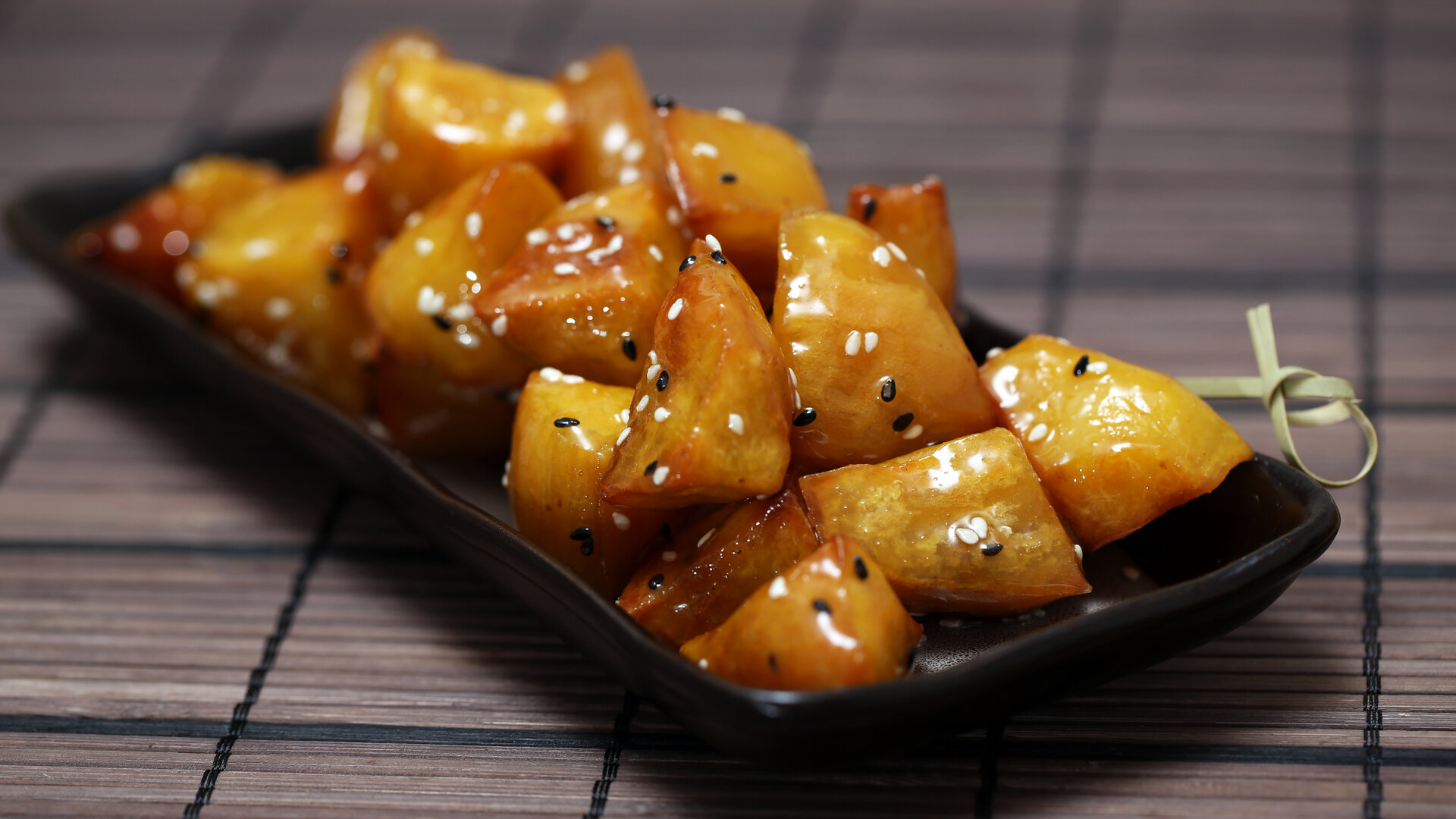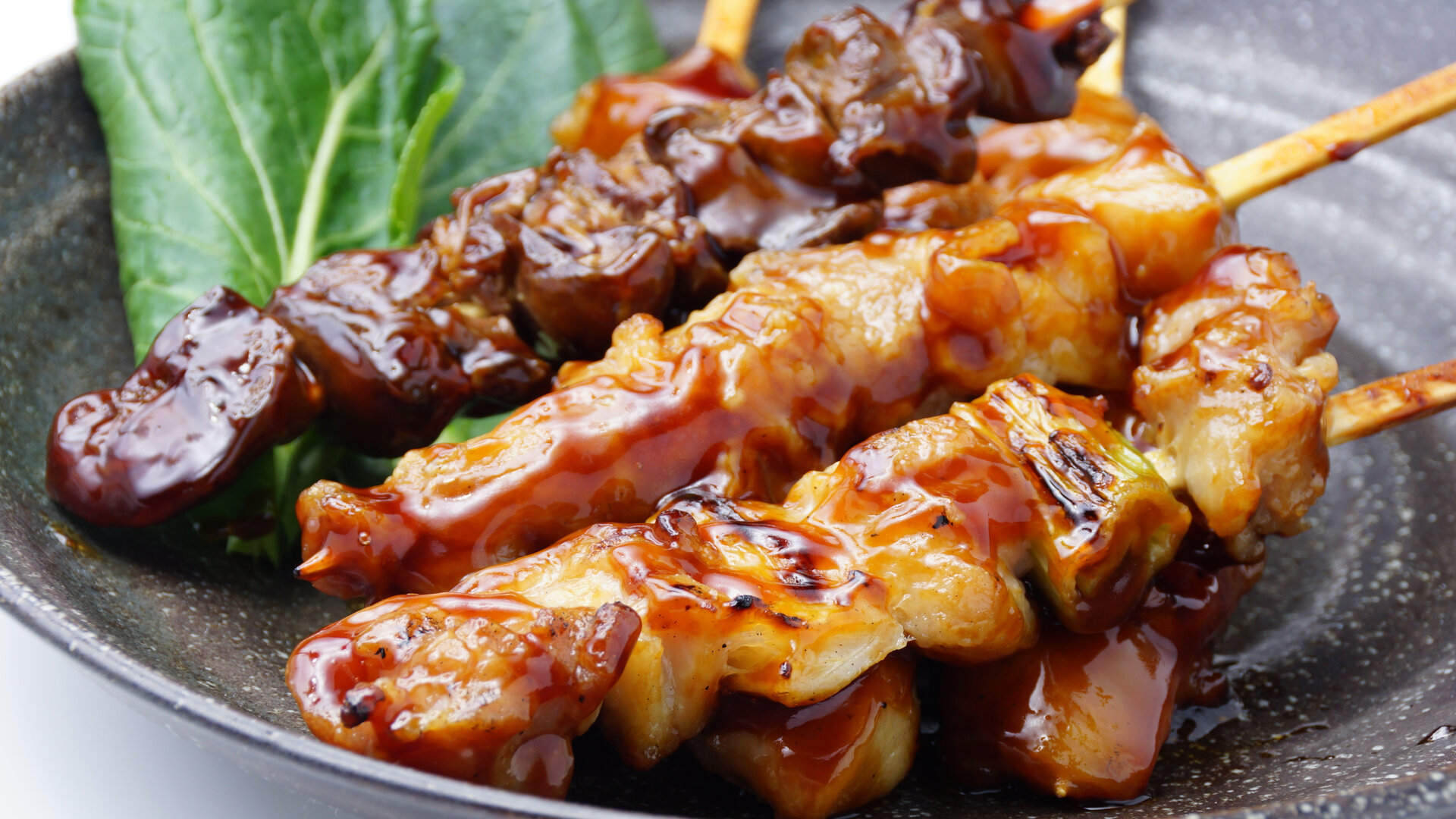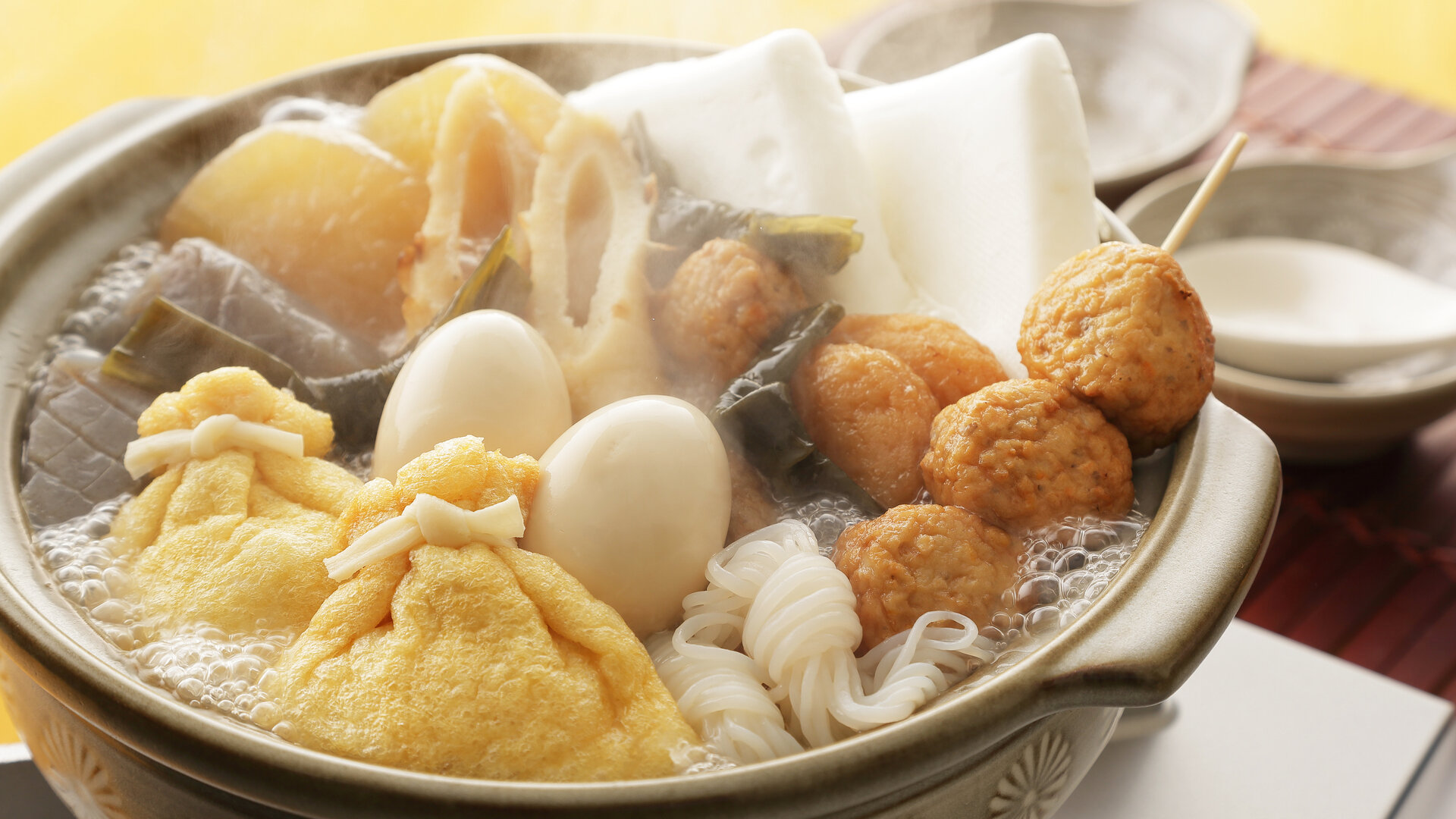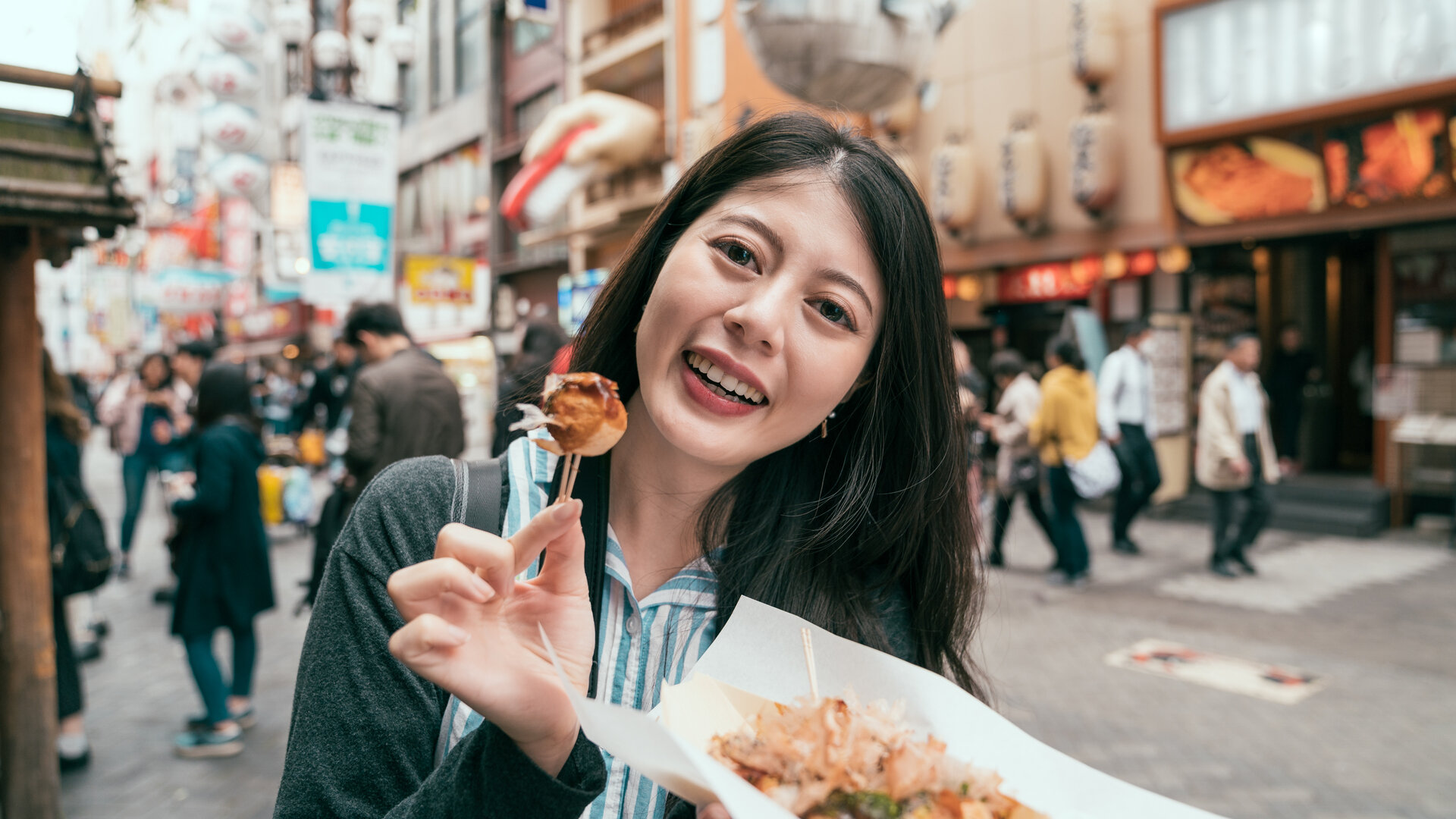Top Ten Japanese Street Foods
You've flown all the way to Japan and you're no doubt excited about trying out all that delicious Japanese food you keep hearing about. But what happens when you are two days in and you realize how expensive it is to eat out at fancy restaurants every night. What is one to do when it's time to tighten the purse strings? How do you eat well in Japan without breaking the bank or resorting to eating McDonald's three times a day?
Don't worry; it's street food to the rescue. Japanese street food is anything but pedestrian and it's your chance to sample regional and national delicacies in small, economical portions. You'll find street foods served at Japan's thousands of festivals, in the shopping arcades leading up to major shrines and in small stalls or carts on side streets. Here, Japanese street vendors are known as yatai. Their offerings are quite specialized, meaning that each cart will offer only one type of food or - at most - a very limited number of options. The upside of this is that the food is delicious!
TAKOYAKI
These fried octopus "fritters" are popular all over Japan, but Osaka in particular is known for them! The savory, fried balls of batter are delightfully crispy and are typically filled with a mixture of octopus and green onions. Other fillings can include small pieces of tempura and ginger. They are served piping hot. (And we do mean HOT - be careful with that hot, gooey filling.) They are served with a variety of toppings such as sauces or mayonnaise and pickled ginger or vegetables and takoyaki sauce. Many first-time takoyaki-eaters are pleasantly surprised at its mild treat.
2. SHIOYAKI
The suffix or word "yaki" in this and takoyaki refer to the fact that the food is served on a stick. Shioyaki is, simply, grilled fish on a stick. It may be simple but it's absolutely delicious and extremely popular as a quick snack or a side dish. Most commonly, you'll find saba shioyaki, or mackerel. Shioyaki is traditionally served with nothing but salt to accent the freshness and the texture of the fish itself.
3. MITARASHI DANGO
Dango are small, glutinous rice dumplings that are served skewered on a stick, with one order containing 4-5 dango. The most popular type of dango are mitarashi, which are covered in a sticky, slightly sweet soy-based sauce.
4. IMO
You will see imo, or sweet potatoes, sold at festivals and around town primarily during the colder fall and winter months. Japanese sweet potatoes, as a rule, are generally sweeter than the type that we are used to eating in America. They are served a variety of ways - one of the most popular being "university potatoes" (daigaku imo.) Daigaku imo are deep fried. They are topped with a sweet, syrupy sauce and toasted sesame seeds. The result is a uniquely crispy and sweet delight. Whole, grilled sweet potatoes, sweet potato chips and or pan-fried sweet potatoes can also be found and are most often served with nothing more than a simple sprinkling of salt or sugar.
5. YAKITORI
Yakitori, or skewered chicken, is one of Japan's most ubiquitous street foods. You will also find it on the menu of some restaurants and izakayas (pubs). Yakitori consists of small pieces of chicken that are stacked on wooden or bamboo skewers and brushed with one of two types of sauces: tare (or simply "sauce") and salty. The salty sauce is a savory soy-based sauce, while the tare sauce has a salty-sweet taste due to the infusion of mirin (rice wine vinegar) and sugar.
Although yakitori can be ordered with either sauce as a matter of personal preference, it is believed that certain parts of the chicken are better paired with one sauce or the other. If in doubt, a chef or server will always be happy to give your their recommendation. To ask for a recommendation in Japanese, simply use the phrase: Osusume wa naan desu ka?
6. ODEN
Oden, like imo, is very popular in the cooler months. It's is a type of winter stew that is simmered in a light fish-based sauce. It's got a reputation as a type of Japanese "soul food" for its qualities of warmth and its comforting aroma. There are numerous types of oden. When it's really cold out, you will even find vats of it sold in convenience stores!
The ingredients will vary by type but you can always expect to find some combination of vegetables and seafood. These can include everything from octopus and squash to deep fried tofu and fish dumplings or sausages. It is not served with the broth; rather, the large pieces of meats and vegetables are spooned out and then topped with additional flavorings such as dashi (dried fish) flakes or dry mustard.
7. SENBEI
If you find yourself craving a light and crispy snack, rice crackers (senbei) can't be beat.. While conbini (convenience) stores carry pre-packaged senbei in a rainbow of colors and flavors, there is nothing like enjoying it directly from the grill! The texture of senbei is determined by the type of rice used and ranges from light and airy to a denser type. The types of senbei available are almost innumerable but two of the most common are shoyu and nori flavors. The shoyu variety is simply basted or grilled with a light soy-flavored sauce while the nori type is either wrapped in a sheet of nori or has small pieces that are introduced into the batter before grilling.
Although most flavors of senbei are savory, you can - from time to time - find sweet varieties, such as the sugar-dusted zarame senbei.
8. OKONOMIYAKI
Okonomiyaki are savory pancakes that are made with batter and any of an endless list of other ingredients, including seafood, vegetables, meats and cheeses. This batter is fried on both sides and served with toppings, which may include different sauces, bonito (fish) flakes, pickled vegetables or ginger and seaweed.
Traditional okonomiyaki sauce tastes a bit like a slightly sweeter version of Worcestershire sauce, although mayonnaise is another popular topping.
9. TAIYAKI
Taiyaki is one of the most recognizable of street and festival foods. This beautiful fish-shaped pastry is made by pouring batter into molds. The cooked pastry is then stuffed with a sweet, flavored filling. Although they are traditionally filled with red bean paste, it is also possible to find custard, chocolate or even mint taiyaki!
These are a sure-fire hit for kids of all ages and are very popular at festivals. Do yourself a favor and be sure to hang around the taiyaki stall for a few minutes to watch how they are made. It's quite an impressive-looking process!
10. YAKISOBA
Perhaps you are already familiar with soba, those delightfully toothy buckwheat noodles that turn up in a number of Japanese dishes. Yakisoba is the street version of those noodles - a savory blend of vegetables, pork and noodles in a slightly-sweet sauce. The dish is cooked on a griddle and served hot, sometimes topped off with a single fried egg.
Many foreigners compare the taste of yakisoba sauce to Chinese oyster sauce. Its familiar, yet distinctively Japanese, taste is perfect for times when you are craving something both comforting and filling.
This list of ten doesn't even begin to cover the variety of street foods that you will find throughout Japan. The culinary history of the country is reflected in the diversity of styles and ingredients in Japanese street food. Enjoying these - and other - street foods is a fantastic way to sample a wide cross-section of cooking styles without breaking the bank.
Tip: When it comes to unraveling the captivating beauty and rich traditions of Japan, meeting locals through Citysurfing can be an unforgettable game-changer. Embrace the chance to explore this fascinating country with the insight and companionship of friendly locals who are eager to share their love for Japan with you. From the bustling streets of Tokyo, where modernity meets ancient traditions, to the serene countryside of Kyoto, where history and culture intertwine, these locals offer personalized tours, cultural exchanges, and immersive experiences that go beyond the tourist hotspots. Whether it's indulging in authentic Japanese cuisine, learning traditional arts like tea ceremony or calligraphy, or discovering hidden gems off the tourist trail, meeting locals through Citysurfing unlocks a world of genuine connections and enriching adventures in the Land of the Rising Sun. So, if you're seeking to experience Japan like a true insider and create lasting memories with the warmth and hospitality of its people, let Citysurfing be your gateway to a unique and rewarding journey.


